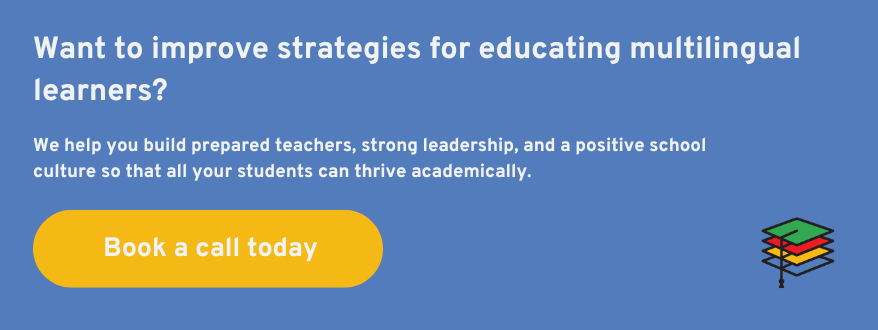Ability grouping has been getting quite a bad reputation lately, and that’s for good reason.
The rigid groupings of the 80s and 90s (which were good intentioned), ended up limiting students’ growth and academic options. That being said, ability grouping in general can be a great tool for differentiation in the classroom.
For ability groupings to be useful they need to do the following things: be flexible, avoid labels, and vary between subjects and topics.
When I was in middle school, students were grouped into two teams: the stars and the comets.
We were told that these groupings were random and that there was no “good” or “bad” group; however, all of the advanced students were placed in the stars group and all of the remedial students were placed in the comets group. It didn’t take very long for the students to label the stars the “smart” group and the comets the “dumb” group.
These labels stuck with those students, impacting their motivation, and creating a bit of a self-fulfilling prophecy.
Contents
Ability grouping system
The grouping system from my middle school wasn’t ideal in a number of ways.
First, it was extremely rigid. Students were not able to move between groups at all. So if a student were to progress to the point of needing more advanced instruction, he/she wouldn’t have access to the teachers and students in a similar situation.
Second, the grouping inadvertently created labels for the students in them.
Finally, students were grouped for all subjects without regard to strengths or weaknesses.
It did not take into account that students may have strengths in different subjects and need more in-depth instruction or more support in a given subject.
Does ability grouping work?
All in all, the evidence supports the idea of ability groupings as long as students are constantly re-assessed and moved based on their individual needs at that time.
This means teachers need to always be on their toes looking for evidence of a change in student learning and move them into different groups based on their ability in that moment. This can be tough and it requires that teachers think carefully about how to assess student ability quickly and efficiently, but also with objectivity.
It’s also important to think about how mixed-ability groupings may benefit students.
In more open-ended assignments, a mixed-ability group can lead to more learning because it provides the opportunity for students to take on various roles. For example, a student who has mastered the content will be able to crystalize their knowledge by explaining what they know.
A student who is struggling will have the opportunity to ask questions, hear material explained in a new perspective, and test out some early ideas they have in a lower-stakes environment.
Furthermore, open-ended assignments provide the opportunity for multiple representations and perspectives, giving students who learn differently an ability to show their own “intelligence” and moving away from the rigid concept of the “stars” and “comets” or “high” and “low” groups.
This opportunity to build confidence and status by demonstrating various intelligences impacts student motivation and self-image. This can lead to more growth for all students, making mixed-ability grouping a powerful tool.
Want to learn more about ability grouping?
To summarize, ability grouping can be a powerful tool for teachers, but it needs to be done well or you risk labelling students in a way that can reduce their motivation and limit their academic options… making things pretty ugly.
Book a call with us to explore how we can help you improve your pedagogy practices.
To learn more about ability grouping research, check out these articles:
ASCD – Synthesis of Research on Ability Grouping and Equity
EdWeek – Setting the Record Straight on Ability Grouping
(very research-heavy): Meta-analysis on Ability Grouping





